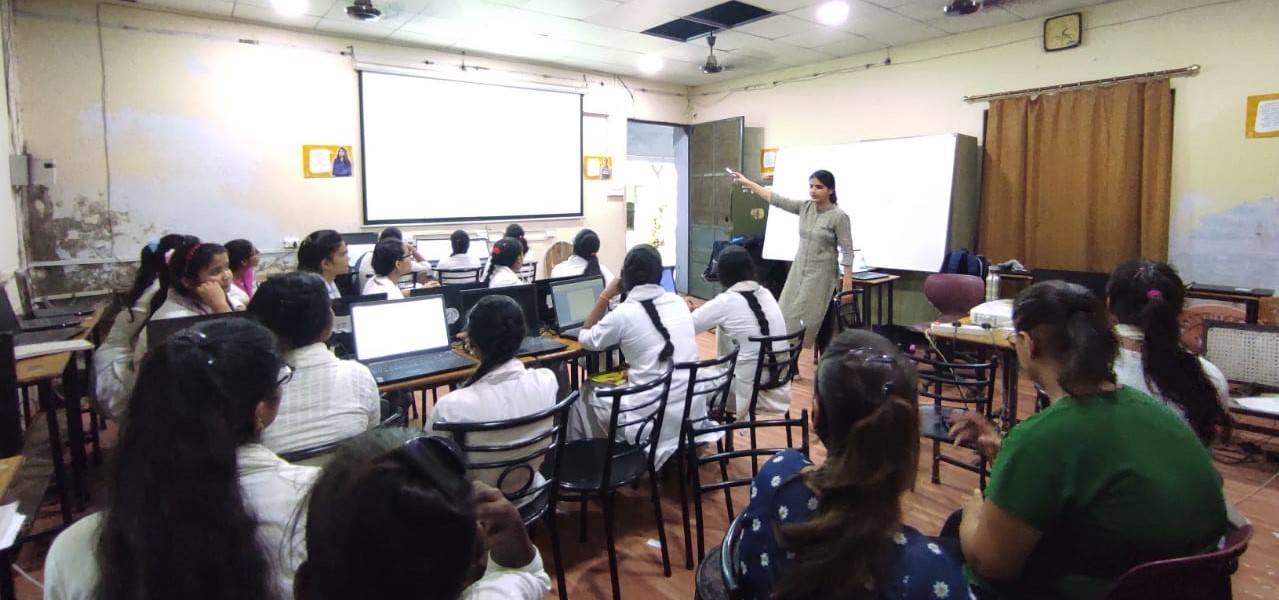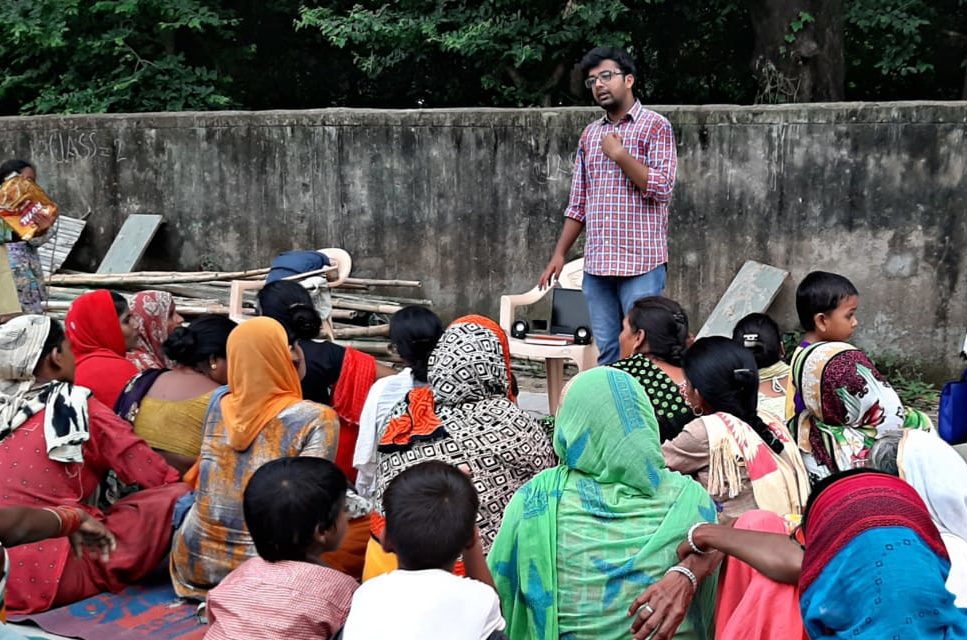
Improving the program design lens
This story is a part of Non Profit Work: a collection of opinions and insights to help non-profits work better and drive greater impact.
“This doesn’t make sense at all. The data from the field team indicates a high impact, but my experience on the ground was different,” said a furious M&E Officer at your non-profit (actually, at most non-profits).
Every program goes through different stages – from design to implementation to evaluation. However, the evaluation team often experiences a glaring disconnect between what was designed at the desk versus what was implemented on the field.
Why does this disconnect exist?
That’s something I try to answer from my past experiences of working both on and off the field in the development sector.

Generally, there are four steps involved when you decide to make an intervention:
- Identifying the values and goals of your non-profit,
- Designing a program relevant to your goals,
- Implementing the program on the ground, and
- In the end, evaluation and reporting.
It is in the transition between steps 2 and 3, i.e., design and implementation, where things get complicated. It is between these steps that, ideally, your organization’s goals should get translated into program activities on the field.
The design team here conveys that they have created an impactful program for a more significant change. However, what is often understood by the field team is that they have been given a number to achieve through the program and other resources provided.
There’s a reason why this bias towards numbers exists.
Anyone who has worked in the development sector understands that the field team’s work goes beyond numbers. The field team needs to adapt to multiple factors like the needs of the target audience, geography, social factors, and social biases.
Still, the field’s complexity is at times ignored while designing the programs or setting organization’s goals. They are expected to use generalized resources provided by the organization across different locations. This leads to a bias towards achieving numbers while the impact is somewhere lost in transition.
A string of possible solutions
There is a need to broaden the lens of the program design and include the field team’s lens in the program. Here’s how we can do it:
- Audience analysis helps design better
A program leader from a leading rights-based organization emphasized, “Design team does not consult with the field team at the time of program conceptualization and engages them only once the project is ready to be implemented. Since the field team has a better understanding of ground realities and community dynamics, unnecessary changes can be avoided if they’re consulted beforehand. The project will be more realistic and cost-effective“.
Programs are designed using a template, rarely considering the intervention areas’ diverse challenges and beneficiaries. To counter this, you could conduct an audience analysis (aka need assessment), recce, and social mapping in the locations where your intervention is to be made.
The data and facts collected from these activities should be shared with the design team, to give a better understanding and accurate picture of the intervention areas.
- Leverage the experience of your field staff
However, a limited sample size from a need analysis often does not present an accurate picture. You need to consider the greater diversity around the geographical, sociocultural, political, and economic factors of an entire population. That’s the kind of insight that experienced field teams can bring.
By consulting and coordinating with the field teams for their experience, you add significant value to your program design. This way, your strategies or activities are not planned in a hypothetical vacuum. Instead, they speak to real experiences.
Anu, a program designer at Medha, says, “Blending design with field experience is a conscious choice to make any learning design real. Without collaboration, the right program culture never gets built.”
While talking about collaboration, Anu also added, “Vipul (a Medha field staff who joined the design team) himself delivered TAB (Technology Advancement Bootcamp) and acted as a bridge between design and field teams. Getting active reviews on the curriculum, our flow of ideas, and assessments, helped us create an exciting new design and close gaps both in design and delivery effectively.”
- Give field team the flexibility to improvise on field
The design team also needs to be mindful of unforeseen situations on the ground. They must understand that their designed program works best as a guideline or a template, not a strict rulebook.
Similarly, the field team needs to be trained with a broad vision: capable of reasoning why each activity exists and how it needs to change according to local needs.
Ultimately, the field team is free to make design changes according to unforeseen circumstances. They use the design as a template, a guiding document that helps achieve expected results while navigating ground realities.
With all the experience I have had for over three years while working in the development space, I recommend that the design teams at your organizations involve the field teams when it comes to designing programs and don’t restrict them to a fixed design.
The author would like to thank Anu, Anushka, and Aradhana for their input and long discussions, which helped him shape this story better.